Popular Stories
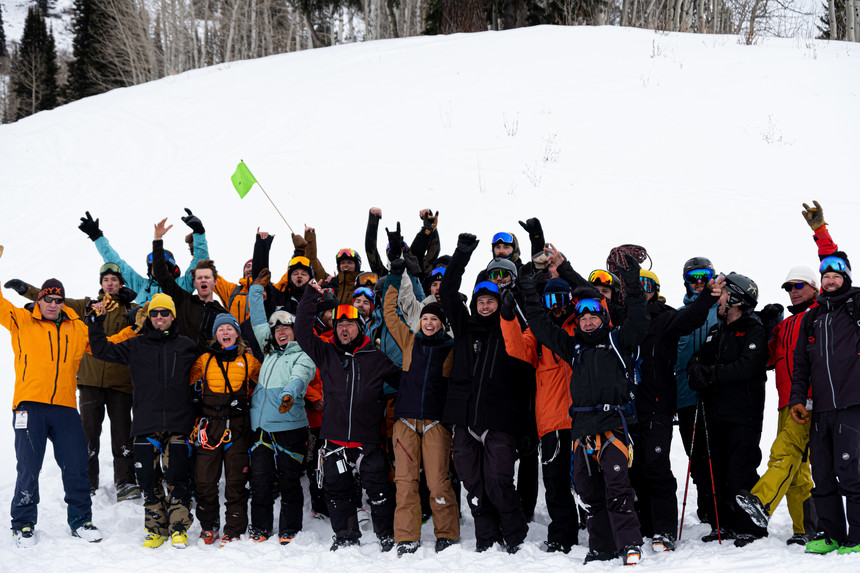 The IPRW Crew looking stoked. Izzy Lidsky photo.
The IPRW Crew looking stoked. Izzy Lidsky photo.
At the beginning of each ski season, TGR production staff and athletes gather for what’s known as our International Pro Rider Workshop (IPRW). The workshop gives participants the opportunity to brush up on their avalanche safety and beacon skills before ski season is in full swing. The workshop differs a little year to year depending on a number of factors. With this season starting off a little low tide, our all-star group of instructors decided to focus on multiple burial beacon practice and ropes in the first two days before a challenge on day three… but we’ll get back to that. TGR would like to extend a huge thank you to Sarge, Jamie Weeks, Izzy Lazarus, and Ian Mac for sharing their time and expertise with us as well as to Mammut, Atomic Skis, Somewear Labs, MedSled, and OnX Backcountry for supporting IPRW.
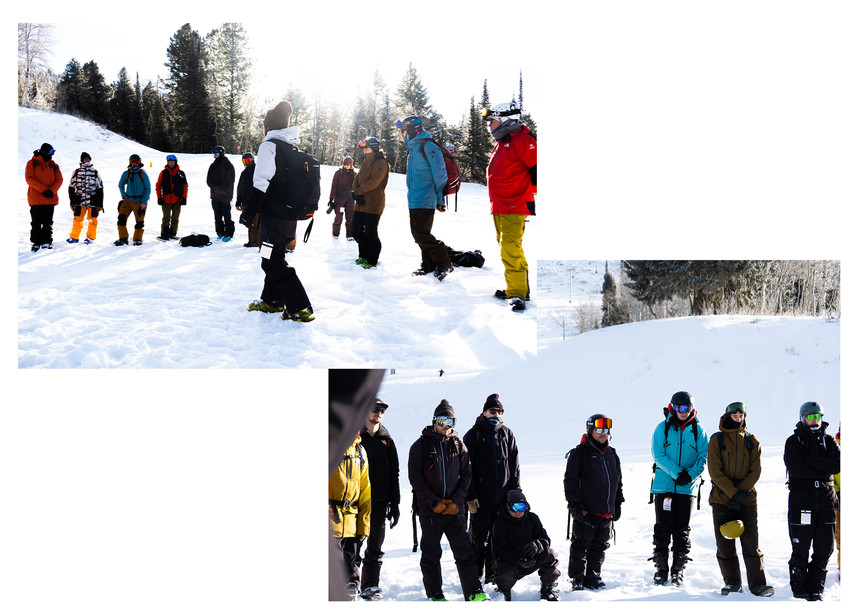 Top: Doug Workman and the crew. Bottom: You can tell whose in production because of the all black ski kits. Izzy Lidsky photo.
Top: Doug Workman and the crew. Bottom: You can tell whose in production because of the all black ski kits. Izzy Lidsky photo.
Day one began with a beacon check amongst the whole group. Jim Conway, aka Sarge, talked the group through tactics that ensured proper beacon checks were done and that left everyone’s beacon in “send” mode by the time they were ready to head out. Doug Workman then touched on some of the intricacies of the Mammut Barryvox S like the “group check” mode, specifically for your morning beacon check. With each of us in send mode, it was time to head up the lifts.
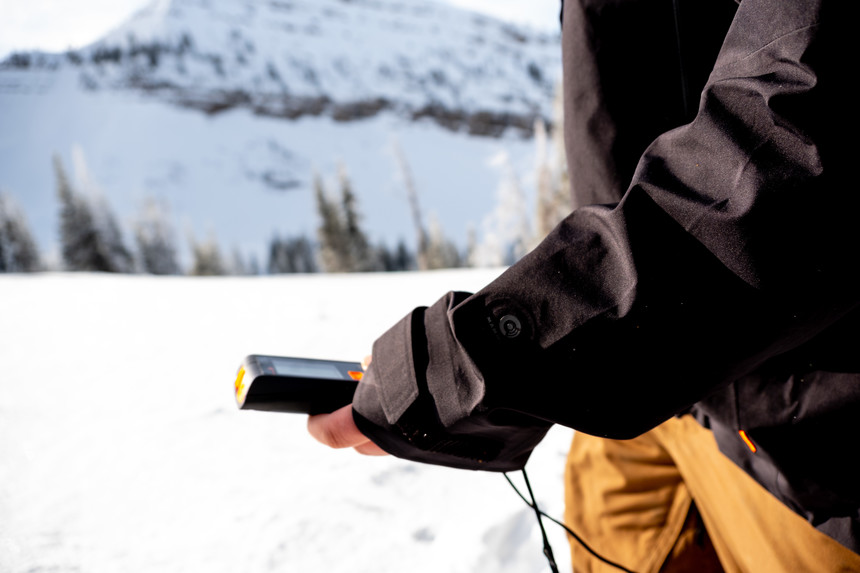 Mammut Barryvox S has a number of cool functions we learned about in the workshop. Izzy Lidsky photo.
Mammut Barryvox S has a number of cool functions we learned about in the workshop. Izzy Lidsky photo.
The crew was broken up into four groups with one led by Sarge, one by splitboard ninja Jamie Weeks, one by Jackson Hole Mountain Guide and badass hardbooter Izzy Lazarus, and one by Teton Gravity athlete, mountain guide, and part-time comedian Ian McIntosh. Groups ran through multiple burial scenarios, slalom probing, using “flag” features on different types of beacons, and dialing in their beacon techniques. After several hours out in the field, the whole group retreated indoors to go over basic medical protocols including the patient assessment system and focused spinal assessments.
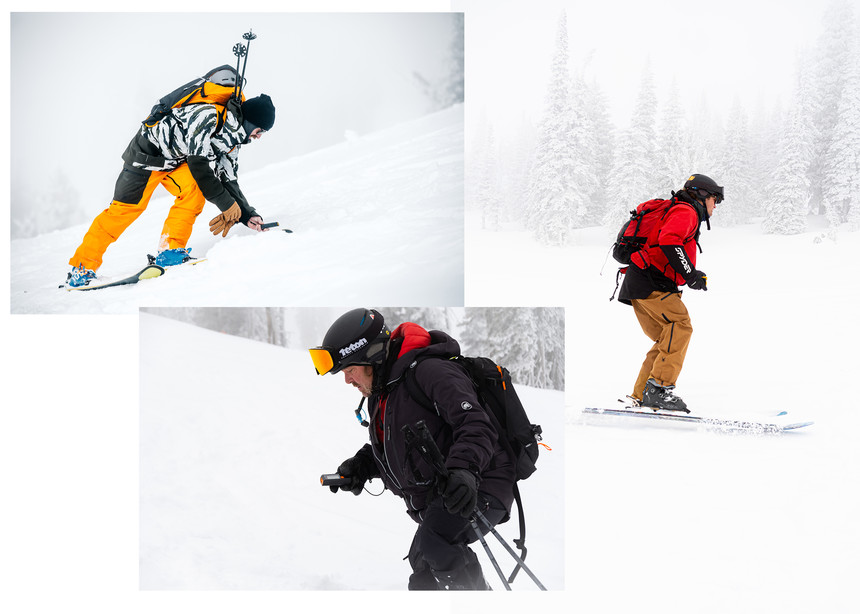 Griffin Post (top left), Tim Durtschi( right), and Todd Jones (bottom) beacon searching. Katie Lozancich (top left) & Izzy Lidsky photo (right and bottom).
Griffin Post (top left), Tim Durtschi( right), and Todd Jones (bottom) beacon searching. Katie Lozancich (top left) & Izzy Lidsky photo (right and bottom).
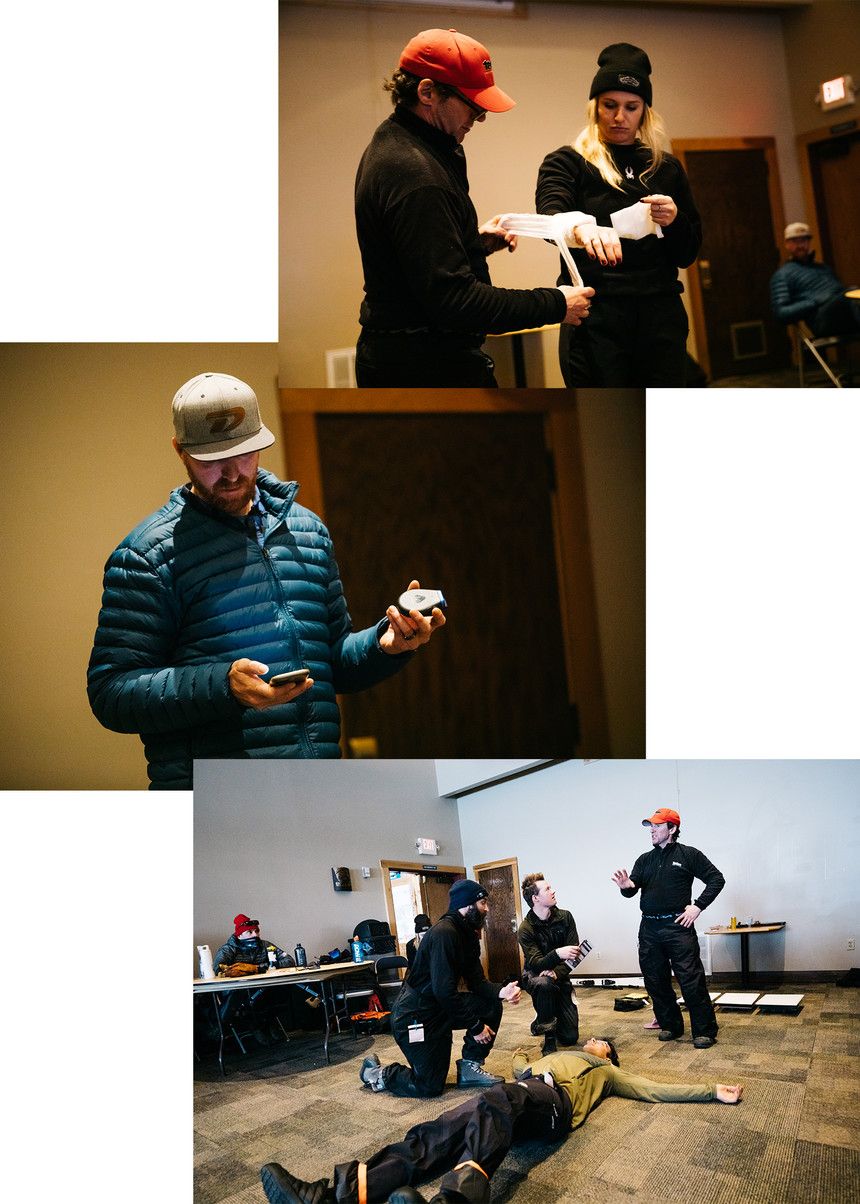 Learning about Israeli bandages, patient assessment systems, and Somewear Labs satellite devices. Katie Lozancich photo.
Learning about Israeli bandages, patient assessment systems, and Somewear Labs satellite devices. Katie Lozancich photo.
Day two came with a nervous energy from the crew as words like “rad kit” and “rope work” were thrown around. But as the four groups broke up into stations, the nervousness was quickly replaced with an eagerness to learn. Instructors covered mechanical advantage techniques for crevasse rescue, different useful knots and hitches, making anchors in snow, and rope management. Day two ended with everyone feeling far more confident in their skills and ready to take on the challenges of day three.
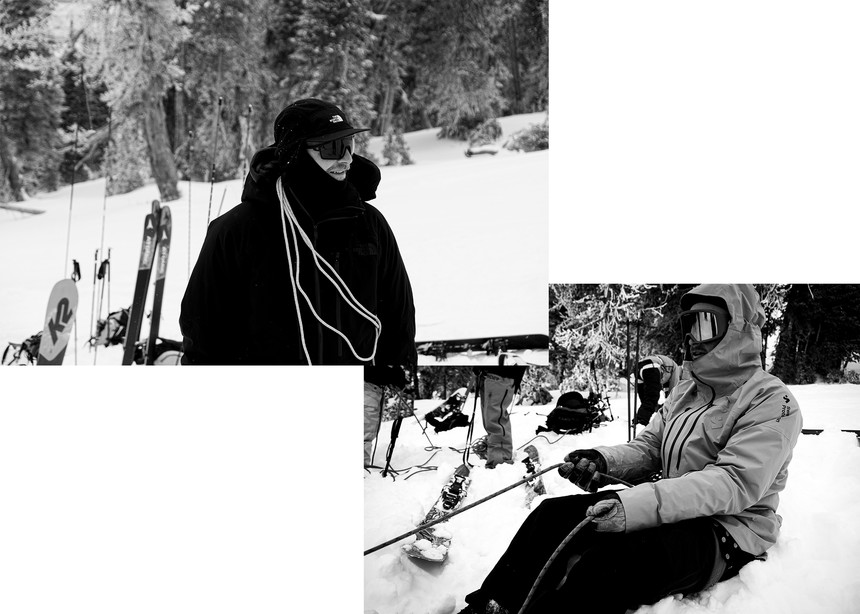 Nick McNutt looking at home with a kiwi coil (top). Jake Hopfinger figuring out a Munter Hitch (bottom). Izzy Lidsky photo.
Nick McNutt looking at home with a kiwi coil (top). Jake Hopfinger figuring out a Munter Hitch (bottom). Izzy Lidsky photo.
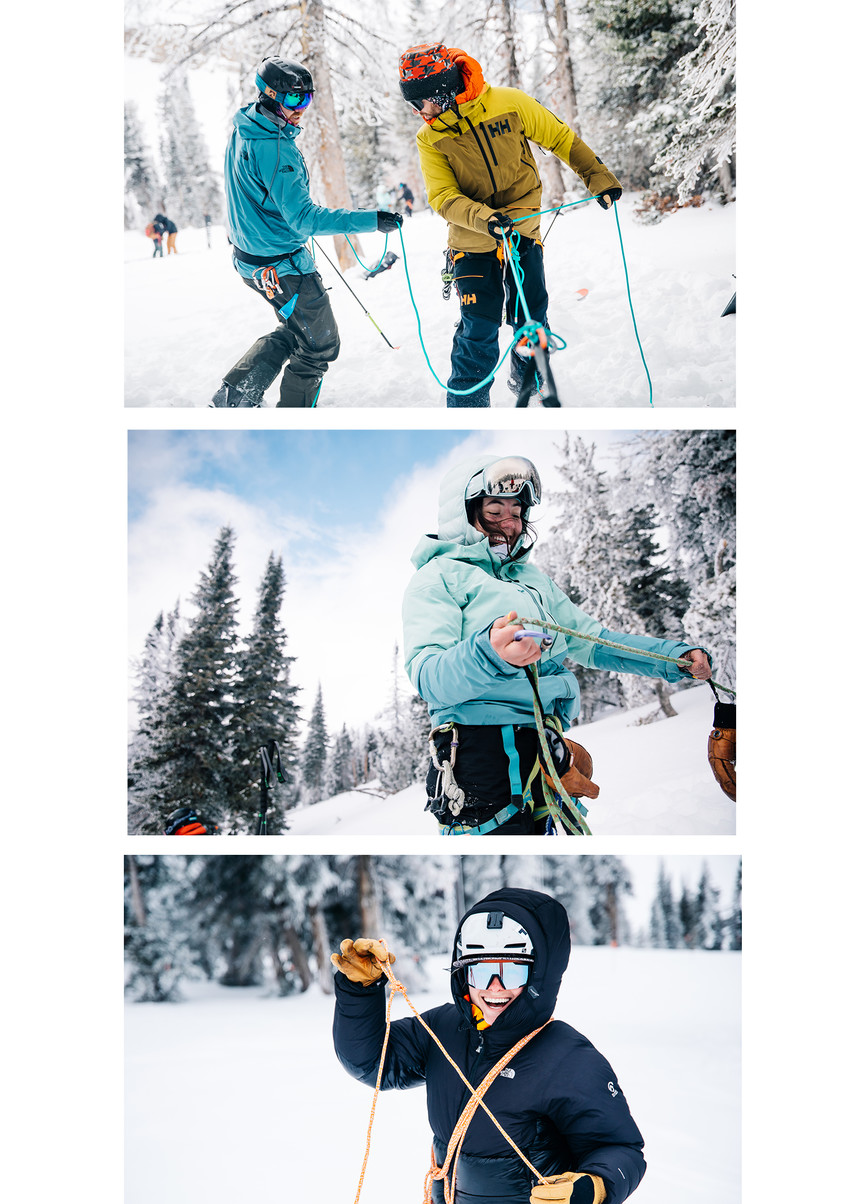 Jim Ryan (top), Veronica Paulsen (middle), and Caite Zeliff (bottom) dialing in their rope skills with some help from Ian Mac. Katie Lozancich photo.
Jim Ryan (top), Veronica Paulsen (middle), and Caite Zeliff (bottom) dialing in their rope skills with some help from Ian Mac. Katie Lozancich photo.
In anticipation of a highly dialed group of people, Sarge and the others cooked up a scenario that would put their new skills to the test and called it The Inferno. Groups from the previous days were dissolved and reformed into three elite teams all equipped with team leaders. The first group was led by the leader of all leaders, TGR founder Todd Jones. The second group was led by avalanche safety aficionado and skier Nick McNutt. The third was led by Atomic Skis’ newest lady shredder, Amie Engerbretson.
Join Our Newsletter
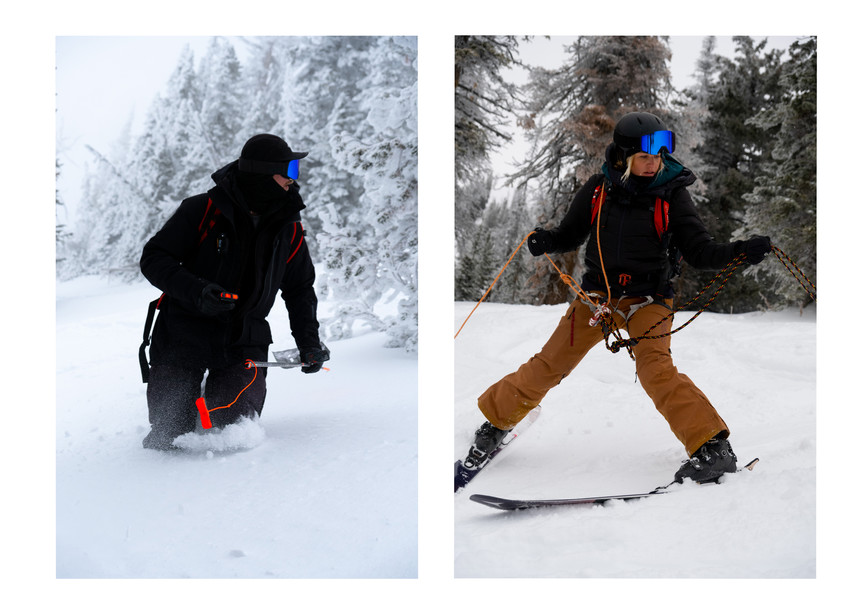 Fearless leaders Nick McNutt and Amie Engerbretson. Izzy Lidsky photo.
Fearless leaders Nick McNutt and Amie Engerbretson. Izzy Lidsky photo.
The teams were let loose on a multiple burial scenario in which they discovered three “victims.” One was deceased, one needed to be heli-evacuated, and one they were in charge of evacuating themselves. After stabilizing their patients' injuries, it was time to move them. Using the nifty sleds provided by MedSled, the teams began moving. To their dismay, a second member of each team came down with hypothermia. All three teams had to stop and care for both their cold patients by building shelters and heating snow to warm them.
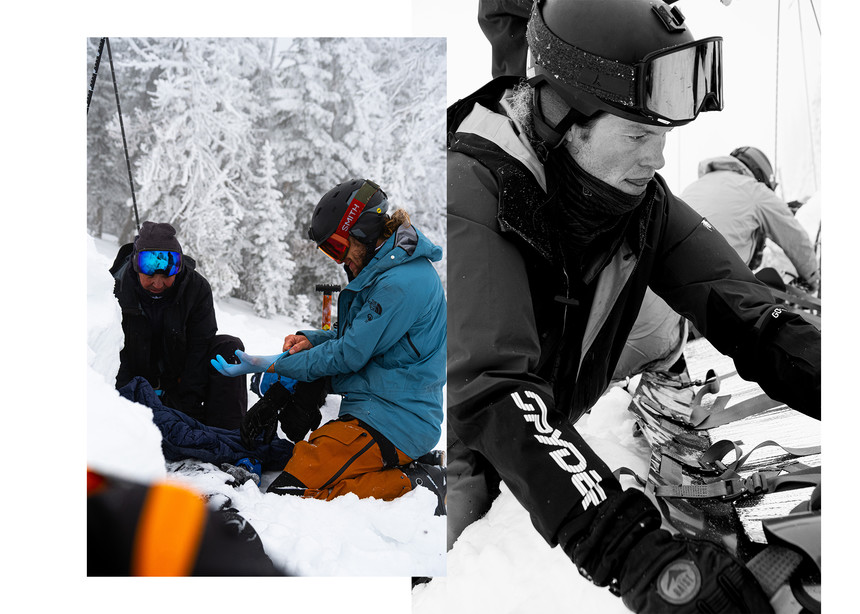 Left: The highly prepared Sage Cattabriga-Alosa showing proper use of BSI. Right: Tim Durtschi assists stabilizing his patients injuries. Izzy Lidsky photo.
Left: The highly prepared Sage Cattabriga-Alosa showing proper use of BSI. Right: Tim Durtschi assists stabilizing his patients injuries. Izzy Lidsky photo.
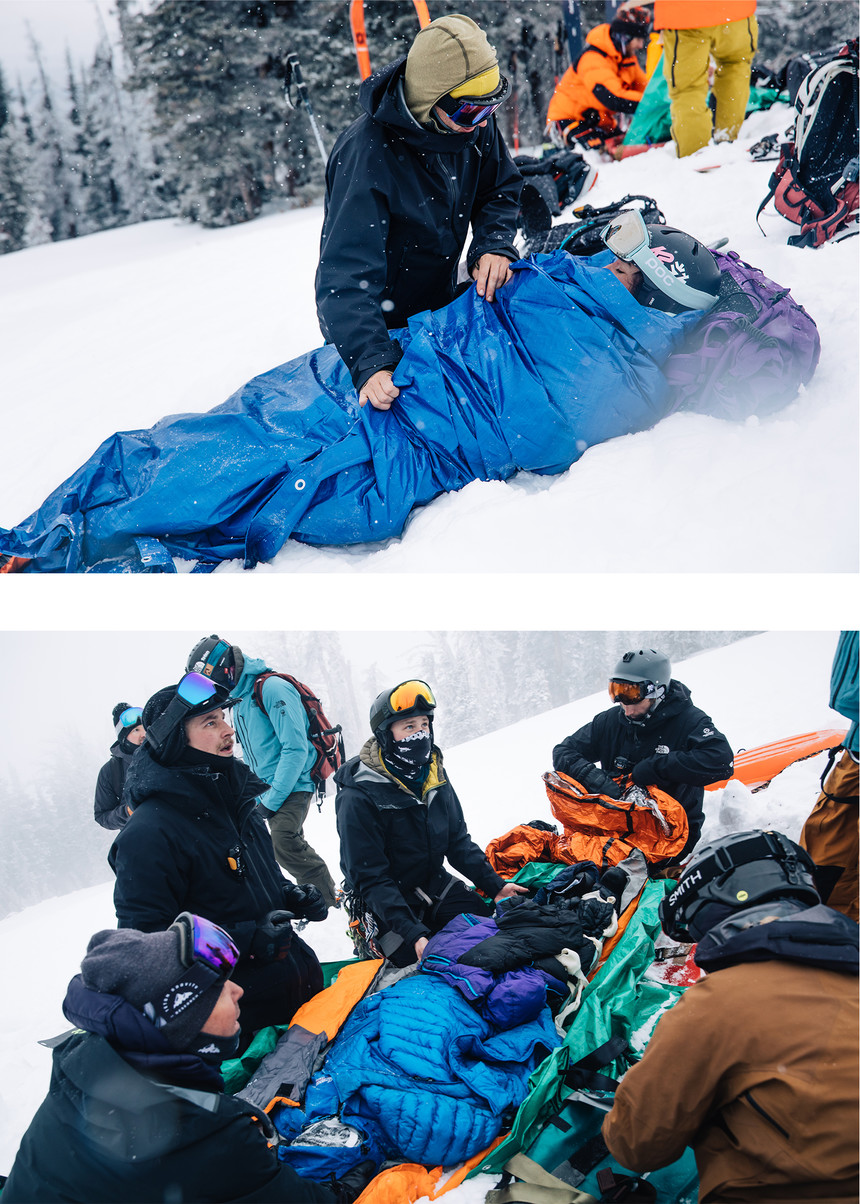 Top: Jon Desabris treating a hypothermic Veronica Paulsen. Bottom: Nick McNutt's team works to keep their patient warm. Katie Lozancich photo.
Top: Jon Desabris treating a hypothermic Veronica Paulsen. Bottom: Nick McNutt's team works to keep their patient warm. Katie Lozancich photo.
Once patients were once again stable, teams had to travel down a “glacier” safely with their patient. When all three teams had crossed the glacier safely, it was time for the crux of the inferno. The teams had to lower their patient into a gully, set up an anchor, lower them over a small cliff and transport them back to the base using many of the rope techniques they’d learned in the previous day. All three teams executed the task with unmatched grace and skill. Even after this feat, immediately upon return to the base, three more patients collapsed with rapid onset hypothermia just to add one more exciting factor.
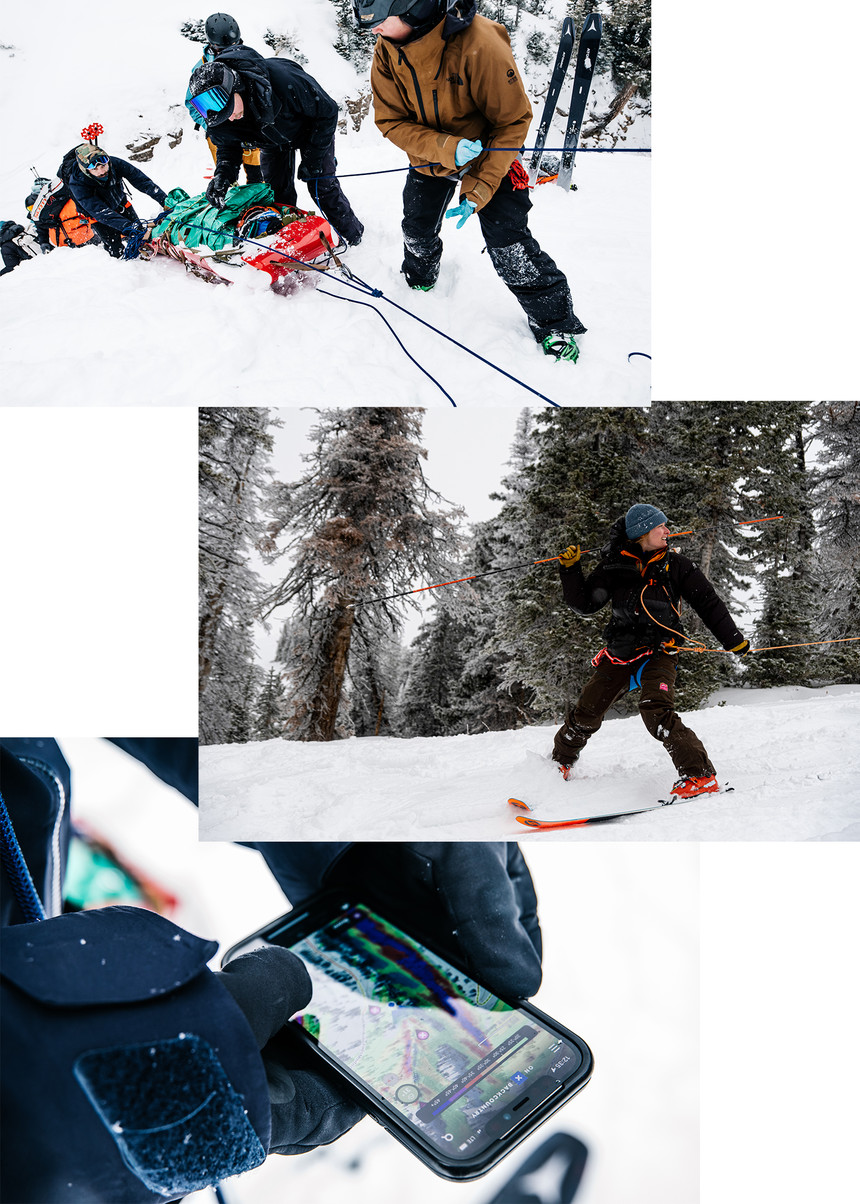 Top: McNutt's team lowering their patient. Middle: Caite Zeliff guiding a MedSled down the "glacier". Bottom: The groups used OnX Backcountry maps to navigate through the Inferno. Katie Lozancich(top and bottom) & Izzy Lidsky (middle) photo.
Top: McNutt's team lowering their patient. Middle: Caite Zeliff guiding a MedSled down the "glacier". Bottom: The groups used OnX Backcountry maps to navigate through the Inferno. Katie Lozancich(top and bottom) & Izzy Lidsky (middle) photo.
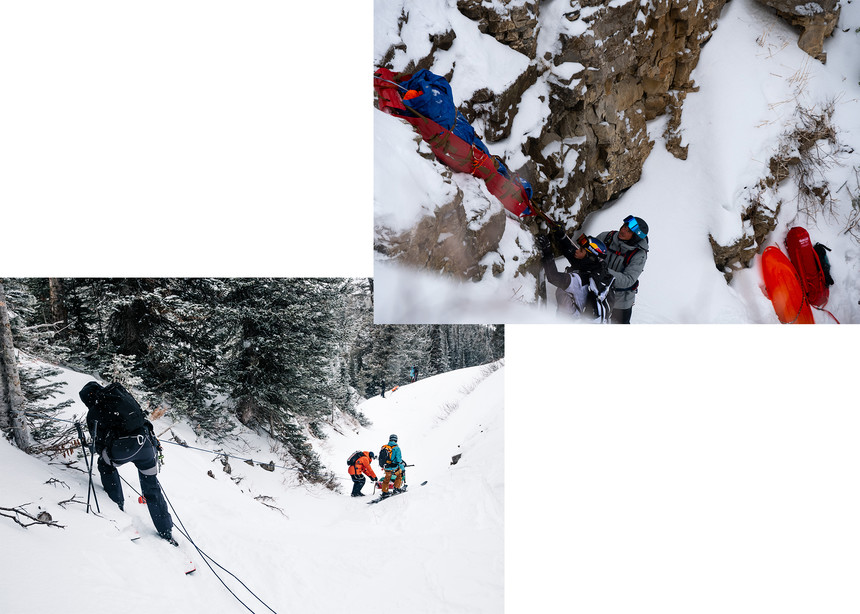 Lowering sleds over the cliff. Izzy Lidsky (top) & Katie Lozancich (bottom) photo.
Lowering sleds over the cliff. Izzy Lidsky (top) & Katie Lozancich (bottom) photo.
Although all three teams demonstrated top level execution of skills during the Inferno, ultimately, Amie’s team was awarded top prize under her leadership.






